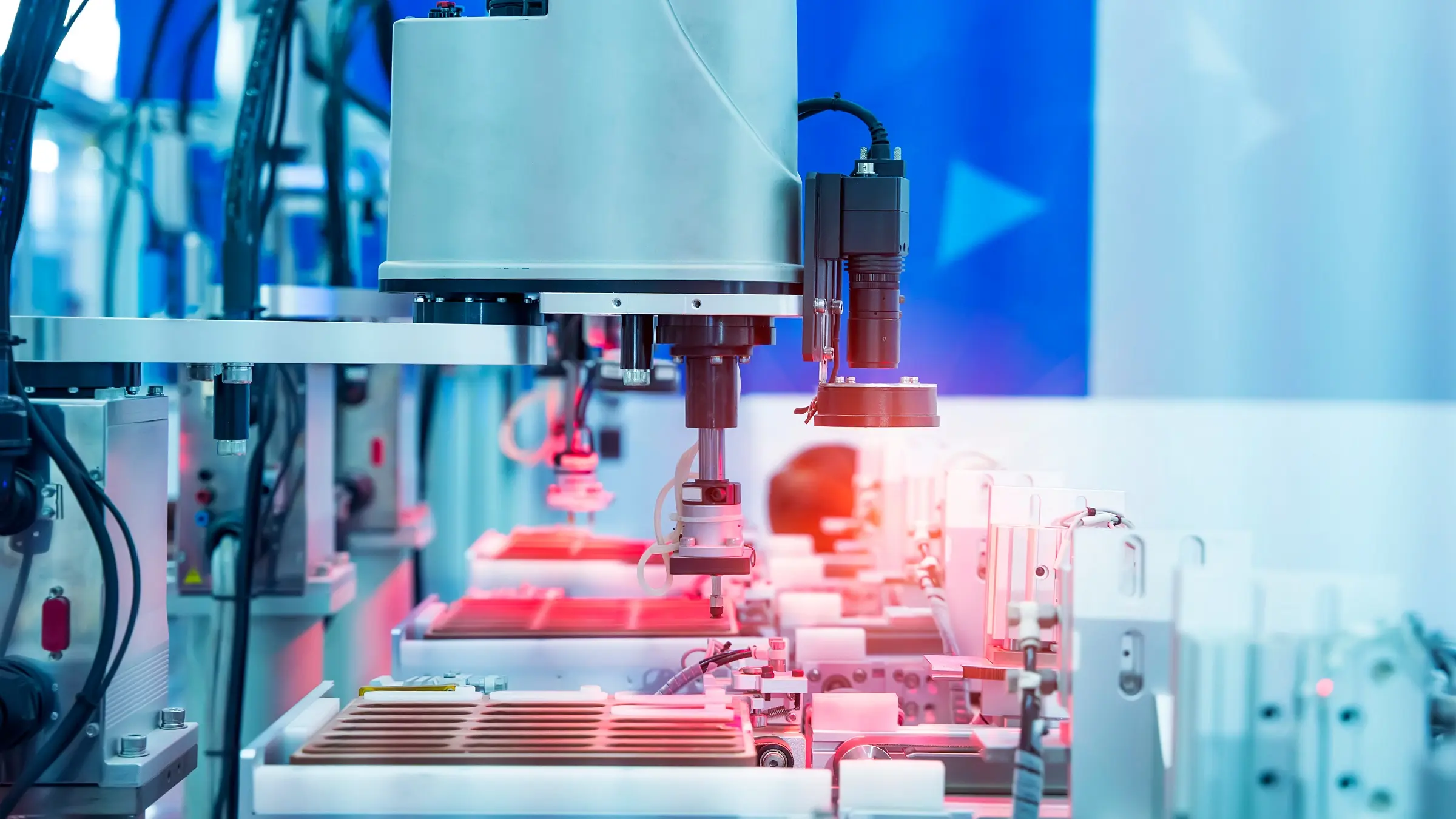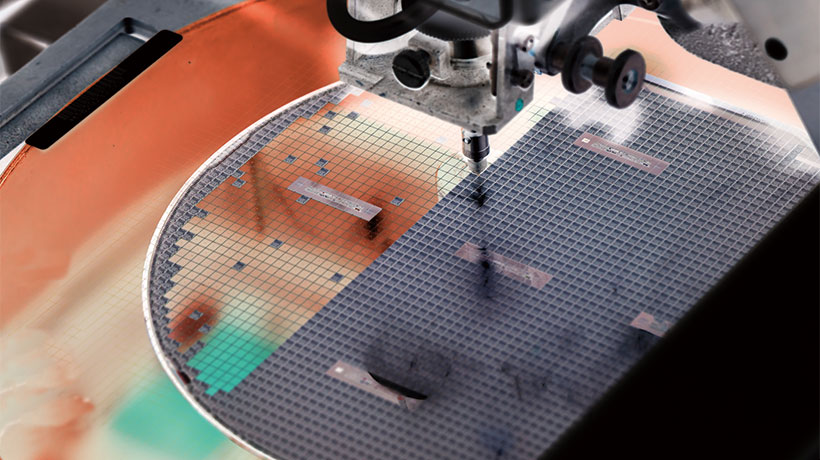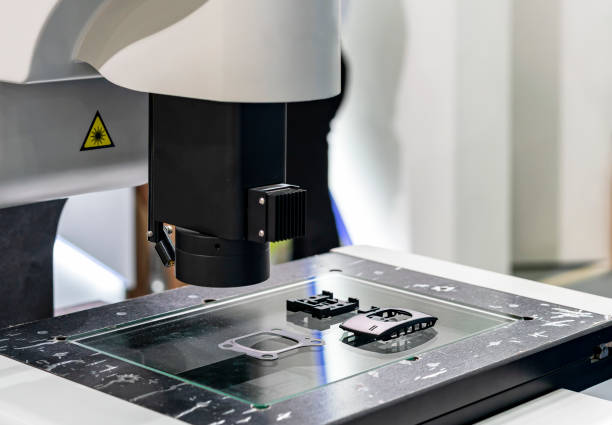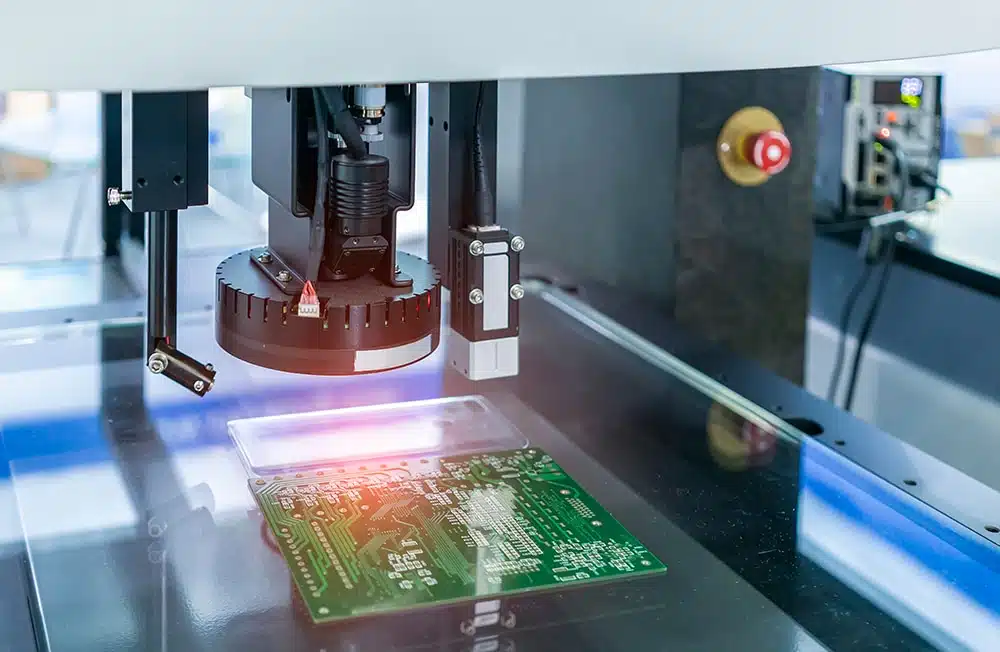Machine vision is a technology that acquires and then processes visual data; through rapid imaging and advanced algorithms, it can accurately process visual data such as size, positioning, color, angle, flaws and defects or other parameters in order to perform tasks such as product inspection, sorting, categorizing, motion guidance, feedbacks and more.
The basic functions of machine vision are pattern recognition, visual positioning, measuring and appearance inspection.
Modern machine vision applications are more or less expansions based on these four basics.
The four basics of machine vision applications:
1. Pattern recognition
 Pattern recognition mainly refers to the identification of objects with known rules, including simple recognition of shape, color, pattern, number, barcode, etc.
Pattern recognition mainly refers to the identification of objects with known rules, including simple recognition of shape, color, pattern, number, barcode, etc.
There are also recognitions with larger or more abstract information, such as face, fingerprint, iris recognition, etc.
Read related post> How Does Machine Vision Improve OCR in Automotive Manufacturing?
2. Visual positioning
Mainly refers to the procedure that accurately acquires both the coordination and angle of the object.
Positioning is a very basic but vital function in terms of machine vision applications. The quality of software/algorithm is directly tied to the final result of this process.
3. Measuring
Measuring mainly refers to calibrating the acquired image pixel information into commonly used measurement units, and then accurately calculating the geometric dimensions that need to be acquired from the image.
The advantages of machine vision measuring, compared to traditional methods, are high precision, high throughput and complex morphology measurement. For example, some high-precision products only used to be sampled due to the difficulty of human eye measuring, but with machine vision, full inspection can be achieved.
Read related post> Metal Parts Measurement
4. Appearance inspection
Appearance inspection mainly refers to the inspection of product appearance defects, the most common of which include surface assembly defects (such as missing assembly, mixing, mismatching, etc.), surface printing defects (such as multiple printing, missing printing, reprinting, etc.) and surface shape defects (such as broken edges, protrusions, pits, etc.). Since product appearance defects are usually very diverse, inspection therefore can be difficult in practice.
Read related post> A Closer Look at IC Pin Inspection with Bi-Telecentric Lenses
Technical difficulty of the four basic functions of machine vision
In terms of technical implementation, the difficulty for pattern recognition, visual positioning, measuring and appearance inspection increases one after the other, and the various expanded functions based on the four basic functions also have differences in implementation difficulty.
At present, 3D vision is one of the most advanced functions in current machine vision application technology.
Machine Vision Imaging Process
1. Guide
The first step towards realizing factory automation is providing flexibility, quality and output. The data obtained in this step is used to guide the execution process to perform the next logical movement.
2. Inspect
Compare the inspection workpiece with target parameters, then execute the OK (yes) or (no) decision.
3. Gauge
In the case of high precision or fast-paced measuring, and non-contact is required, a machine vision gauge is widely applied.
4. Identify
Mainly used in product info tracking, such as bar code reading, color or installation categorizing. Machine vision is widely applied in bar code or QR code reading, combined with database to achieve warehouse workflow automation. One of the major applications in machine vision in factory automation is to ensure product/item traceability.
The guide system can be divided into four major parts: Calibration tools, vision software, vision hardware and motion mechanism. First, the machine vision system acquires data by its hardware, then the data is transferred to its software for analysis and based on which it makes decisions; the decisions are then passed onto motion mechanisms to guide its movement and thus complete tasks. Calibration tools will be utilized during this whole process.
The reason why calibration is important is that the vision data acquired has to be combined with the physical information of motion mechanisms and find relevance; the data from vision is not physical info, therefore it must be processed and linked into relevant physical info, calibration tools are utilized in the linking process.
Conclusion
The four basic functions of machine vision are pattern recognition, visual positioning, measuring and appearance inspection.
The imaging process of a machine vision system is done by guiding, inspecting, gauging and identifying procedures, with four major parts: calibration tools, vision software, vision hardware and motion mechanism.








